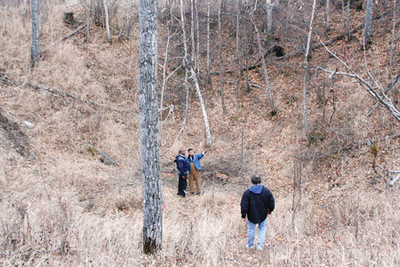Paris - It's taken more than a century, but Einstein's celebrated formula e=mc2 has finally been corroborated, thanks to a heroic computational effort by French, German and Hungarian physicists.

© AFP/File/John MacdougallPeople walk past a giant sculpture featuring Albert Einstein's formula "E=mc2" in front of Berlin's Altes Museum in 2006. It's taken more than a century, but Einstein's celebrated formula e=mc2 has finally been corroborated, thanks to a heroic computational effort by French, German and Hungarian physicists.
A brainpower consortium led by Laurent Lellouch of France's Centre for Theoretical Physics, using some of the world's mightiest supercomputers, have set down the calculations for estimating the mass of protons and neutrons, the particles at the nucleus of atoms.
According to the conventional model of particle physics, protons and neutrons comprise smaller particles known as quarks, which in turn are bound by gluons.





Comment: Those ultra-right Christians infiltrated all spectrums of life in America: politics, the media, education and now obviously, science. Which other group will consider words such as 'bisexual', 'lesbian' and 'sexual intercourse' as "red flag language" in scientific research papers, and criticise research on teenage sexual abstinence?